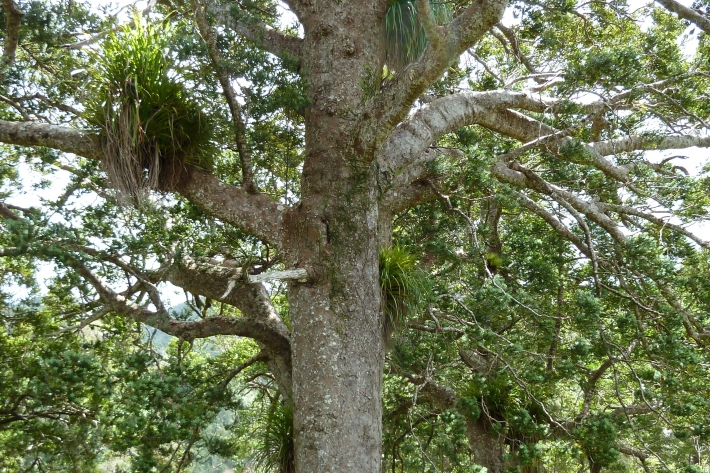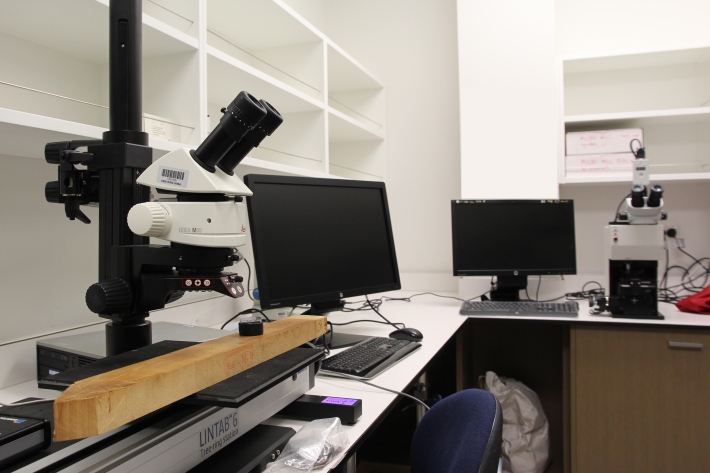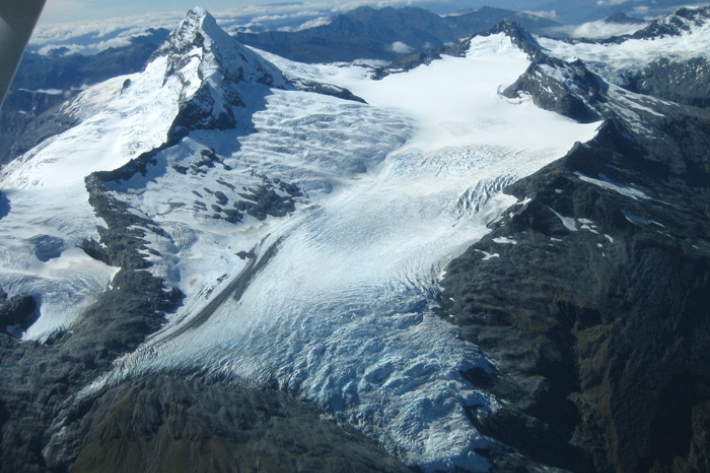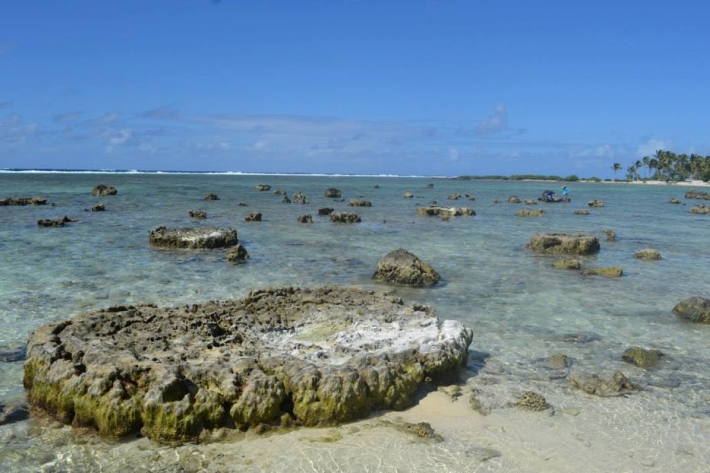NIWA conducts a wide range of paleoclimate research to help us define and understand what the climate was doing before we had instruments to record it.
We focus on New Zealand, the Southwest Pacific and the Southern Hemisphere.
Paleoclimate is the study of the Earth’s past climate. The discipline uses a variety of natural archives and methods to determine past climatic changes, including analysis of tree rings, sediments, corals, shells, and fossils which may hold preserved signals of past climate.
We have been actively involved in international research initiatives including:
- Southern Hemisphere Assessment of PalaeoEnvironments (SHAPE)
- Integration of Ice-core, Marine and Terrestrial records (INTIMATE)
- Past Global Changes (PAGES) 2k
The work we undertake at our paleoclimate research laboratory in Auckland includes:
- a range of tree ring analyses, including dendrochronology (tree ring dating) and isotope dendroclimatology (using tree rings to understand past rainfall and temperature changes) of kauri (Agathis australis) tree rings
- the development of high resolution stable isotope records from coral, otoliths, bivalves and speleothems to understand past climate changes
- the application of different dating techniques applied to bog sediments, and use of cosmogenic radionuclides to understand past glacial activity in New Zealand’s Southern Alps.
-

Tree ring research
We use New Zealand kauri pine (Agathis australis) to help us understand past climate and environmental change. -

NIWA's palaeoclimate research lab
NIWA's palaeoclimate research laboratory is located in Auckland. Our capabilities allow us to undertake a wide range of interdisciplinary research. -

PICT (Past Interpretation of Climate) tool
The Past Interpretation of Climate Tool (PICT) is an interactive platform that "allows palaeoclimate researchers to interpret data in terms of atmospheric circulation (AC) patterns and how those patterns relate to synoptic weather types". -

Carbonate analysis
We use various types of carbonate - e.g. aragonite from coral, otoliths (fish ear bones), bivalves (sea shells), and speleothems (limestone cave calcite) - in paleoclimate research.
